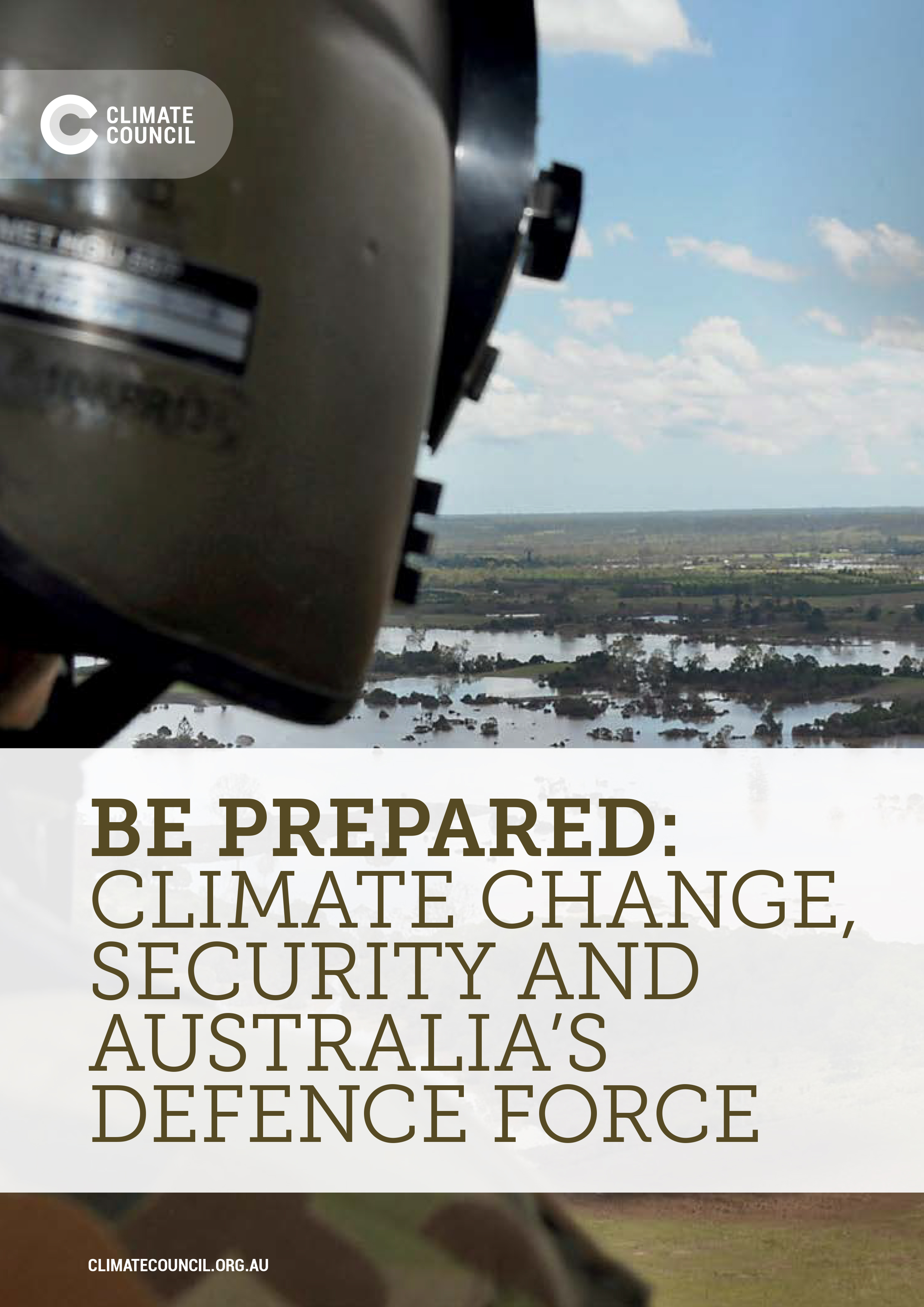| Erosion at Wetherill St, Collaroy Beach. Andrew Short |
"But whether sea level rises or not, we will still be getting shoreline changes taking place because of intensified cycles of El Nino and La Nina."
Storms generate waves and a temporary increase in the sea level, known as a storm surge, due to strong onshore winds and low atmospheric pressure.
The more intense a storm, the bigger the waves and the bigger the storm surge, and together these can have a devastating effect.
In areas with a long shallow continental shelf, for example, this can add metres to water levels during storms, Professor Short said.
"You get a double whammy," he said.
"You not only get big waves but you get higher sea levels so the waves can penetrate further inland and create greater damage."
Professor Short said recent evidence has suggested that the ENSO climate cycle will intensify with climate change, bringing more extreme El Nino and La Nina events, which will bring more stronger storms to the Pacific.
| Erosion at Jimmy's Beach, NSW (Supplied: Andrew Short) |
In a study designed to look at the impact of climate cycles, Professor Short and his colleagues found ENSO most strongly correlated with beach erosion.
They analysed records on wave conditions and shoreline position from 48 beaches around the Pacific including Australia, New Zealand, Hawaii, North America and Japan.
The data, collected between 1979 and 2012, revealed a pattern of change that matched the ENSO cycle.
The pattern was "synchronised, but out of phase", Professor Short said.
Beaches in the western Pacific, including Australia, would suffer inundation and erosion during a La Nina phase.
At the very same time, beaches in the eastern Pacific, including North America, would experience a relatively calm period, during which they could at least partially recover.
"One side erodes while the other builds up," Professor Short said.
"Anecdotally we've known things are different on either side of the Pacific, but no-one has ever done any study to verify this."
Professor Short said understanding how climate cycles like ENSO drive coastal change is important for predicting what may happen in the future, including the risk posed to coastal development.
"On the New South Wales coast, for example, we have 15 hotspots where development is already at risk," he said.
The erosion hotspots include Kingscliff, Byron Bay, and Jimmy's Beach in the state's north, Stockton Beach near Newcastle, Collaroy in Sydney and Surfside near Bateman's Bay in the state's south.
"If the climate models, which are predicting more intense El Ninos and La Ninas, are right, then we can expect even more extreme changes on our beaches," Professor Short said.
"We expect a significant increase in the amount of property at risk along the east coast of Australia."



